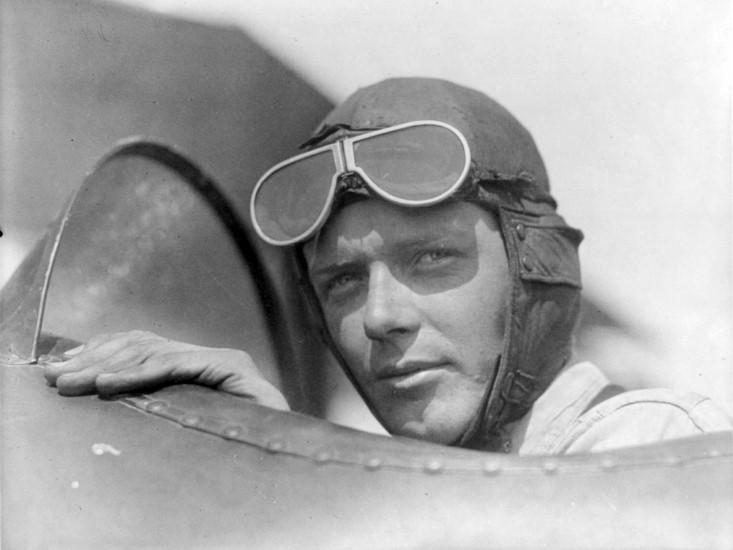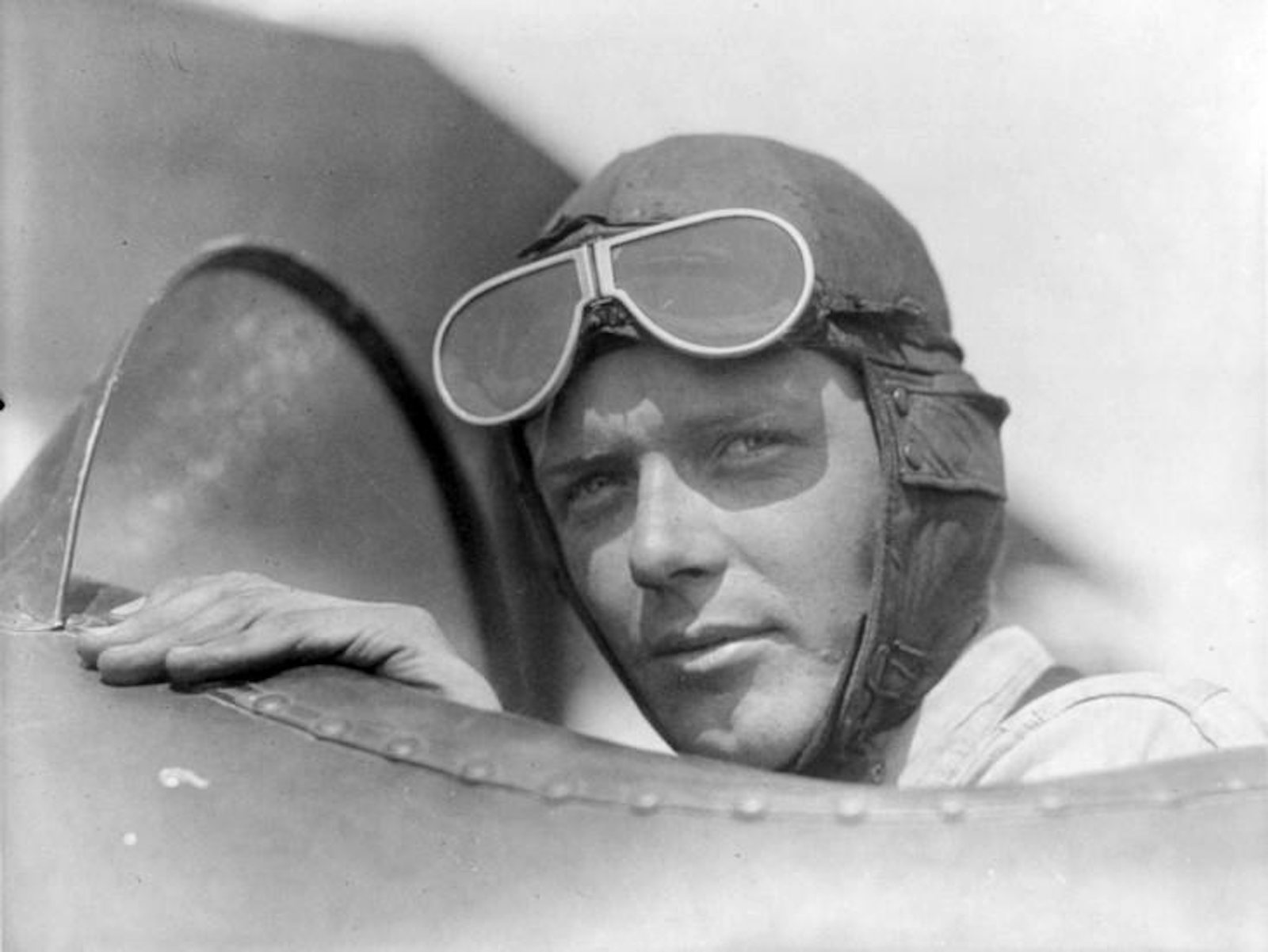
A light drizzle greeted Charles Lindbergh as he arrived at Roosevelt Field on May 20, 1927, at a little before three in the morning. Weeks of rain had ensured that the runway at the Long Island airport was in poor condition, soft and strewn with puddles. If Lindbergh was nervous about the condition of the field, he provided no outward signs, as his plane, the Spirit of St. Louis, was fueled and prepared for takeoff. What Lindbergh was about to attempt had never been done and the odds were decidedly against him. Over the previous nine months, the race to be first to cross the Atlantic had resulted in 11 dead. The public was beginning to wonder whether it was all worth it.
For Lindbergh and the others who took up the challenge, there was no doubt. The rewards for success included not only the achievement of an historic first—we still write and read articles about Lindbergh—but also the prestige of winning the Orteig Prize. The prize, created by New York Hotelier Raymond Orteig in 1919, offered a $25,000 reward, a large sum in those days, for the first person or persons who could fly non-stop from New York to Paris, or vice versa. The prize inspired many to risk and ultimately give their lives in the attempt. Flying in the 1920s, especially over long distances, was a perilous proposition. Without modern weather forecasting and navigation equipment, pilots of that time could never be sure what they would encounter during a flight, or that they would even come close to landing at their planned destination—and most didn’t. But success in what came to be known as the Great Atlantic Air Derby proved that long-distance aviation really was feasible. It began a sequence of events that would eventually transform flying into the safest form of vehicular transportation in human history.
There are many today who see in the trials and tribulations of early aviation a reassuring example for the emerging private spaceflight industry. This comparison is not new and in fact was explicitly invited by the creators of the X Prize (now known as the Ansari X Prize). Announced in 1996 by space entrepreneur Peter Diamandis and modeled on the Orteig Prize, the X Prize offered $10 million to the first non-governmental team to launch a manned space vehicle to an altitude of 100 kilometers (60 miles) twice in a two-week period. Diamandis was inspired to create the prize after reading The Spirit of St. Louis, Charles Lindbergh’s autobiographical account of his trans-Atlantic flight. Diamandis’s goal was to transform the commercial spaceflight industry in the same way the winning of the Orteig Prize transformed aviation. It was an analogy that resonated with the public and unsurprisingly invited comparisons with Lindbergh’s flight.
After the X Prize, during the push to develop a commercially viable space-tourism vehicle, the comparison continued to be used, usually at times of tragedy as a comfortable rationalization for the loss of life. This can clearly be seen in the response to the in-flight breakup of a Virgin Galactic rocket plane, the VSS Enterprise, which caused the death of co-pilot Michael Alsbury.
In the aftermath of the accident, British businessmen and Virgin Galactic founder Richard Branson drew a direct comparison noting that the pioneers of aviation also endured many crashes. “In the early days of aviation there were incidents and then aviation became very safe. In the early days of commercial space travel there have been incidents and then, we hope, that one day the test pilots will enable people to go into space safely.” Reflecting on the tragedy, Alan Wells, emeritus professor and founding director of the University of Leicester’s Space Research Centre, said that we are still at the “Charles Lindbergh stage” of space tourism.
The unintended consequence of these comparisons is that they foster the perception that spaceflight can and will eventually be as safe and routine as flying. And clearly space travel will become safer over time as experience is gained in the design and operation of manned space vehicles. But ultimately it is very improbable that it will ever achieve the safety and reliability of modern aviation. The reason why is rooted in fundamental physics and thermodynamics—specifically, in the incredible amount of energy required to reach space.
To illustrate this problem, let’s consider two vehicles, the Boeing 747, a famous commercial airplane, and the Saturn V, the rocket that launched American astronauts to the Moon. A 747 can move 250,000 pounds of passengers and cargo nearly 7,500 miles, while the Saturn V could place the same amount of weight into low Earth orbit. However, the Saturn V expended nearly eight times more energy, from burning its fuel, to do its job. And it gets worse. While a 747 consumes its fuel over the course of many hours, the Saturn V would do so in just 12 minutes. This translates to a power output of approximately 85 Hoover Dams for the Saturn V during launch! If a 747 is a candle that burns over the course of an evening, the Saturn V was a blowtorch. The amount of energy required to move people into space—to slip the surly bonds of Earth’s gravity—is simply enormous. Controlling the release of this energy is a serious challenge, to say the least, and the risks involved will always be far greater than those associated with conventional flying.
In the wake of last year’s fatal accident involving Virgin Galactic, the commercial spaceflight industry faces a critical test. Industry leaders need to be aware of and honest about the risks in order to keep public perception in line with reality. And the reality is that launching people to space is never going to be as safe as flying. The emerging space tourism industry will suffer additional accidents and likely more deaths in the coming years. If the public is not informed about this inevitability, a backlash could occur that irreparably damages the whole project. Much more is at stake than the glory of a few astronauts or commercial profit. The cost of future tragedies could be the loss of our future as a spacefaring civilization, and along with it something far more valuable. For, in the words of Buzz Aldrin, “Space flight is a spiritual quest in the broadest sense, one promising a revitalization of humanity and a rebirth of hope no less profound than the great opening out of mind and spirit at the dawn of our modern age.”






























